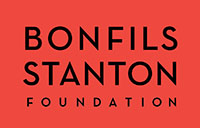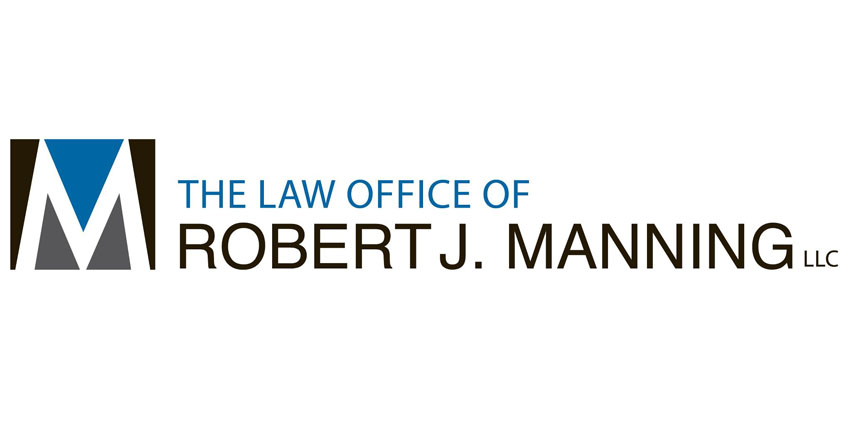This weekend sees three performances of a St. Martin’s Chamber Choir concert called The Art of Imitation: Palestrina. Sixteen singers will tackle Palestrina’s Missa Repleatur os meum, a monumental example of strict counterpoint/canonic technique. If you don’t understand three of the last four words of that previous sentence, don’t let this intimidate you! In fact, watch this video for a sort of mini-explanation, and then join us at the concert for a more in-depth demonstration:
My goal for this concert is to have every audience member understand at least the concept behind this amazing work. And even if someone were left completely behind by my explanations, I predict that a) the music itself would still be apprehended as beautiful and enjoyable, and 2) some sort of vague sense of the work’s uniqueness will have been imparted, and the listener’s experience will be commensurately enhanced. If you’re curious to find out your reaction, come and check it out!
At the risk of repeating myself, below is the article I wrote for our recent newsletter, The Voice (if you’re not on the SMCC mailing list and would like to receive these, simply let us know at info@stmartinschamberchoir.org. There are six issues a year – one for each concert.)
I enjoy our Cameo Concerts, as I get the opportunity to explain a little about the pieces we sing, including brief illustrative musical examples. And the audience members I have heard from also seem to enjoy this elucidation, making them more appreciative of the music itself.
In our fall Cameo this year I get a chance to describe an extremely unusual Renaissance work, Palestrina’s 5-voice Missa Repleatur os meum, which is a masterwork of imitative polyphony and strict canonic writing. In each movement there are two voices which are an exact canon of each other (the other three voices being imitative but not exact). Palestrina, however, changes the interval (both in terms of pitch and time) of the imitation, steadily contracting it in each successive movement, and thus demonstrates his masterful command of this highly difficult compositional technique
The marvel of this music, however, is that it comes off as effortless and flowing, the vocal lines alternately soaring above each other to create a sort of ecstatic interplay. The listener would have no idea of the internal intricacies of the work’s structure, unless otherwise informed. The great thing about these Cameo Concerts is that the audience does end up being informed about these intricacies. So, after 20 minutes of explanation, accompanied by demonstrations from the choir, the entire 30-minute work will be performed without interruption, and I believe that each listener will have an enhanced appreciation of what they are hearing, and will be aware that something of great moment is taking place as they listen.
Two brief motets will also be sung, including the motet on which the mass is based, as well as Palestrina’s greatest hit, Sicut cervus. I look forward to sharing this amazing piece with you!
Here are the times and locations of the three concerts:
Friday, November 7, 7:30 pm, Holy Cross Lutheran Church, Wheat Ridge
Saturday, November 8, 7:30 pm, St. Andrew’s Episcopal Church, Denver
Sunday, November 9, 3:00 pm, St. Andrew’s Episcopal Church, Denver
To reserve tickets in advance give us a call at 303-298-1970 or order online by clicking on the desired performance among the three above.












